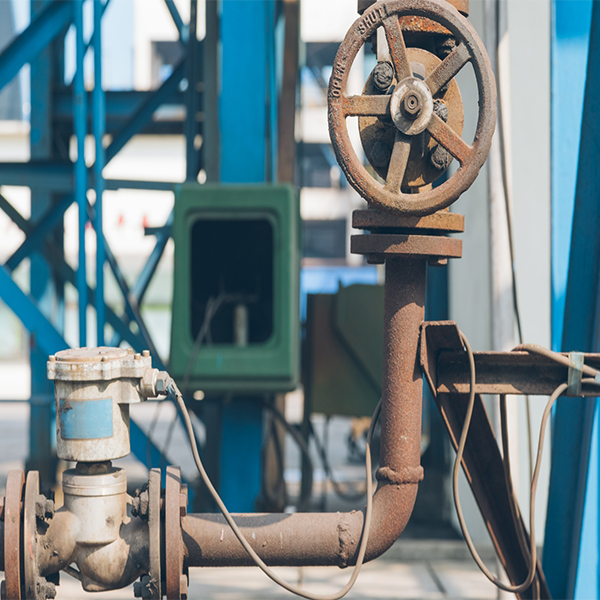What is a Pump?
A pump is a vital device that expends energy to raise, transport, or compress fluids. Historically, pumps have played a crucial role in various applications, from primitive water-lifting devices like the Persian and Roman waterwheels to the innovative Archimedes screw.
Historical Development
The evolution of pumps is deeply rooted in necessity, particularly during the Middle Ages when mining operations propelled the invention of the suction (piston) pump. Pioneering texts, such as Georgius Agricola’s De re metallica (1556), describe various pump types.
How Does a Suction Pump Work?
– Mechanism: A suction pump functions via atmospheric pressure. When the piston is raised, it creates a partial vacuum, causing atmospheric pressure to push water into the cylinder. This water is then released through an outlet valve.
– Height Limitations: Atmospheric pressure can elevate water to approximately 34 feet (10 meters), prompting the design of the force pump, which was essential for draining deeper mines.
Force Pump Functionality
In a force pump, the downward stroke of the piston expels water through a side valve, and the height of discharge depends on the applied pressure.
Classification of Pumps
Pumps can be categorized based on how energy is transferred to the fluid, primarily through:
- Volumetric Displacement
- Addition of Kinetic Energy
- Electromagnetic Force
Types of Pumps
– Positive Displacement Pumps: These pumps shift lower volumes of fluid at high pressure. They operate by mechanically displacing the fluid.
– Kinetic Pumps: These exert kinetic energy on the fluid, allowing them to move high volumes at lower pressures. An impeller is often utilized for this purpose.
Pressure Dynamics and Challenges
To effectively move fluid, a certain pressure must be applied at the pump’s inlet. If this pressure is insufficient, cavitation may occur, leading to:
– Vocal disturbances: Excessive noise from the collapsing vapor bubbles.
– Mechanical issues: Vibration, corrosion, and erosion caused by imploding cavitation bubbles.
Important Characteristics of Pumps
- Inlet Pressure Requirements
- Capacity Against Total Head: This refers to the energy per pound due to pressure, velocity, or elevation.
- Efficiency: The percentage efficiency of pumping varies significantly based on the fluid type. For instance, pumps exhibit higher efficiency with mobile liquids like water compared to more viscous substances like molasses.
Optimizing Pump Performance
Heating viscous liquids to reduce their viscosity is a common industrial practice, enhancing pump efficiency.
Pumps are indispensable devices in fluid management, essential for various applications across industries. Understanding their mechanisms, classifications, and operational challenges ensures optimal performance and efficiency in fluid transport and management systems. Whether for industrial, agricultural, or municipal uses, selecting the right pump is paramount for success.










